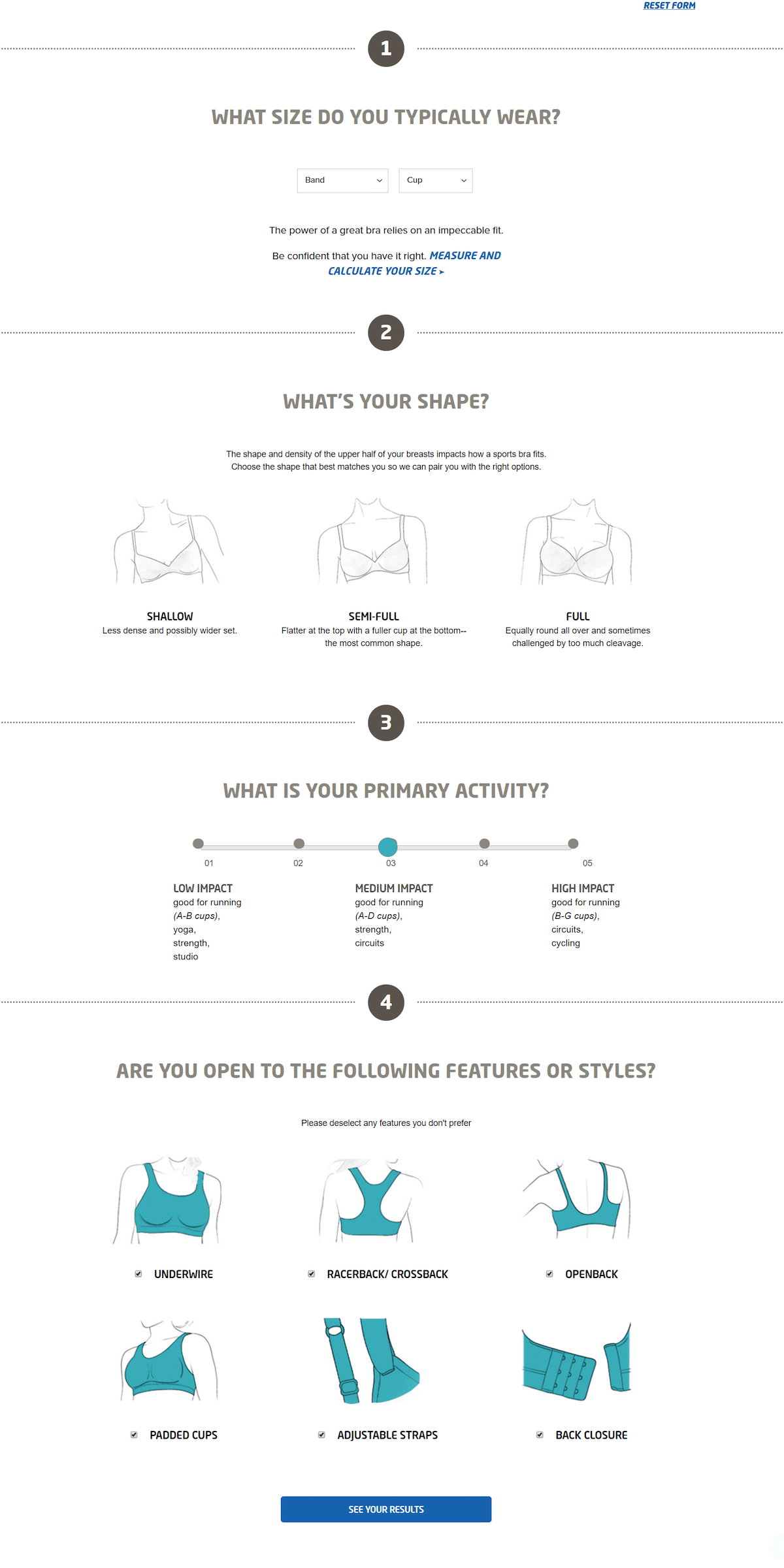Think Black Friday is the biggest shopping day of the year for consumer spending? Not anymore. In 2017 and 2018, Cyber Monday soared past Black Friday to take the #1 spot, raking in a massive $7.9 billion last year.
As smartphones penetrate more markets in areas where people previously never had affordable access to broadband internet or high-speed online shopping, digital marketers need to consider a few things. Particularly:
- How you’ll re-strategize your holiday marketing for growing online sales vs. brick and mortar sales.
- How you’ll reach your target markets with unique, interesting, and relevant digital content.
Ready to learn everything you need to know about how Cyber Monday grew to its powerful existence in 2019? Keep reading to discover how to optimize your Cyber Monday 2019 marketing strategy.
What is Cyber Monday and where did it come from?
Cyber Monday has exploded since its humble beginnings in 2005—when 3G was the best connection available and you were the envy of your friends if you had a T-Mobile Sidekick or BlackBerry.
In 2005, the National Retail Federation coined the name of this new shopping holiday and promoted a press release about how Cyber Monday was becoming one of the biggest online shopping days of the year.
In 2005, the holiday only generated $608 million but quickly picked up speed as trends shifted.
Over the years, businesses have improved their online shopping experience tremendously. Credit card security, web design, and internet speed have all improved—all of which make online shopping easier and more accessible.
The internet is also much more accessible than ever before. In the United States, only 63% of rural homes have broadband internet, but 71% have smartphones. For these communities, it’s much easier to click a few buttons on a phone instead of driving several hours to the nearest shopping center.
The same trend follows in developing countries where affordable smartphones have provided internet access to people who can’t afford home computers.
Cyber Monday 2019 quick facts to consider
Before digging into current trends and tips for making the most of your marketing, let’s look at some quick facts about the hottest shopping day of the year.
- 26 countries across Africa, Asia, Europe, the Middle East, South America, North America, and Oceania observe Cyber Monday.
- Consumers spent $7.9 billion on Cyber Monday in 2018, dwarfing the 2015 figure of $3.04 billion.
- Nearly a third of all Cyber Monday sales took place on a smartphone in 2018.
- 40% of consumers said the 24-hour Cyber Monday window is their top shopping priority for the weekend.
- Over half of all emails are opened on mobile devices, and over 70% of people will delete an email in under three seconds if it doesn’t look right.
- 96% of Americans own a smartphone.
How Cyber Monday changed the holiday marketing game
When you begin planning your holiday marketing strategy, marketers need to shift their focus from Black Friday to Cyber Monday.
Obviously, you don’t want to write off Black Friday completely, but you do need to consider that Cyber Monday is key to bringing in your biggest revenue during the holiday marketing season for the foreseeable future.
However, Cyber Monday also represents a broader cultural shift away from window shopping to online shopping.
The Retail Apocalypse is far from over: Experts believe 75,000 more stores will close in the United States through 2026. Meanwhile, e-commerce penetration will grow to 25% over this same period.
Here are a few key takeaways about what these numbers mean for you:
- With or without a storefront, brands need to find new ways to set themselves above a sea of competitors and grab attention in the midst of heavy competition.
- Website downtime can translate into thousands of dollars or more lost each minute, depending on the retailer, so be sure your website and email marketing are ready for the increased traffic.
- A user-centric website design can reduce bounce rates and improve conversion rates.
- Brands need to have a comprehensive understanding of their audience segments and a laser-focused mission when creating their holiday marketing strategy, and that includes Cyber Monday.
- Marketers need to meet customers where they hang out online through email and specific social media platforms.
8 ways to tap into the power of Cyber Monday 2019 in your holiday marketing strategy
For many brands, fourth-quarter sales—specifically holiday shopping—are the make-or-break hours.
Don’t stress too much. Just start strategizing early. Use these tips to shift your focus towards email and digital marketing to help you make sales this year.
1. Start planning early, in August or September.
Yes, you read that right. Start planning now.
The earlier you start designing your campaigns, the more time you’ll have to create personalized content for your subscribers, A/B test subject lines, and really nail down a solid strategy for the holidays.
2. Design authoritative and informational newsletters.
Don’t plan your Black Friday and Cyber Monday 2019 strategy as an isolated event—work it into your overall email marketing strategy.
In other words: Start thinking about how you’ll demonstrate authority, spark interest, and build trust among your subscribers before you present them with holiday promotions.
Leading up to Black Friday weekend, use Halloween and Thanksgiving as opportunities to create and promote high-quality blog posts, guides, tips, and entertaining content for your subscribers.
By the time Cyber Monday rolls around, your subscribers will look forward to your content and feel inspired to open your emails.
3. Segment your subscriber list and create personalized campaigns.
With so much technology available through email service providers like Campaign Monitor, there’s no reason you should send the same email campaigns to your entire list.
Demand for personalized content is at an all-time high: According to research from Adobe, 67% of consumers expect brands to provide unique content, while 42% get annoyed or frustrated when brands don’t offer personalized content.
Start personalizing your content by breaking your subscriber list up into groups based on engagement. The holiday season is the perfect time to reward your most loyal subscribers and entice customers who have stopped engaging.
Next, focus on unique demographics:
- Location and time zone
- Gender
- Parental status
- Job role
- Behavior and shopping habits
- Interests
4. Automate your week-long promotions.
Automation from Campaign Monitor will make your holiday email marketing plan a breeze.
Once you’ve broken your subscriber list up into segments, you can design some timed email campaigns to create urgency and encourage conversions.
Take your subscriber’s state of mind into consideration as you design your triggered email campaigns and write subject lines.
For instance, Dick’s Sporting Goods sent out this email at about 5 PM on Cyber Monday with the subject line “ENDS TONIGHT: 25% Off Online” It creates urgency and highlights the hefty online-only promotion right away.

Source: Gmail
5. Design customer journeys.
Remember, we mentioned that you should think of your Black Friday weekend campaigns as part of your broader marketing strategy? Personalized customer journeys are your solution.
Instead of considering emails as one-off events, a journey allows you to tailor content for exactly where your subscribers are in their sales funnel.
When you design your emails as a journey, each subscriber gets a personalized set of campaigns based on triggered events. These emails tend to have much higher open and conversion rates because their content is highly relevant.
Here’s an example of how a customer journey works behind the scenes with Campaign Monitor.
Source: Campaign Monitor
6. Get creative with interactive content and multimedia.
Don’t rely on copy alone to spark interest in your subscribers. Video makes up one-third of all content consumed online, after all.
Find ways to merge infographics and video with your email campaigns. For instance, welcome emails drive an average open rate of 50%. Bellroy takes full advantage of that fact with a highly optimized, comprehensive, friendly, and beautiful email campaign filled with a video and images to start the journey.
Source: Really Good Emails
7. Optimize your landing pages and website.
An engaging email isn’t worth a thing if your landing pages aren’t optimized for conversions.
In general, your landing pages should load as fast as possible—preferably in under two seconds—and contain the same tone as your email campaign.
For mobile users, make good use of large colorful buttons instead of hyperlinks. Get rid of any hurdles that may stop someone from making a purchase like registration requirements and too many drop-down menus.
You want to make the buying process as fast, easy, and seamless as possible. Look how this landing page from Brooks Running is optimized for smooth sailing.
Source: Brooks Running
8. Run plenty of A/B tests.
The holiday season isn’t the time to play around with new concepts. You need to be sure that your strategy will drive the highest conversion rates and ROI possible.
A/B test everything: subject lines, copy, images, colors, themes, promotions, products, etc. Campaign Monitor offers comprehensive split testing capabilities, so you can test your campaigns as you build them and keep track of your results to keep refining your strategy.
Wrap up
Cyber Monday is the biggest shopping day of the year, and this trend isn’t expected to change over the next five to seven years.
- Create a pleasant and personalized online shopping experience.
- Focus on one-on-one communication through email.
- Take advantage of automation.
By making a few adjustments, you can provide the most relevant and personalized content possible to your subscribers and watch your holiday sales skyrocket.
Start planning now. Draw inspiration from these 24 awesome Black Friday/Cyber Monday email campaign examples.








